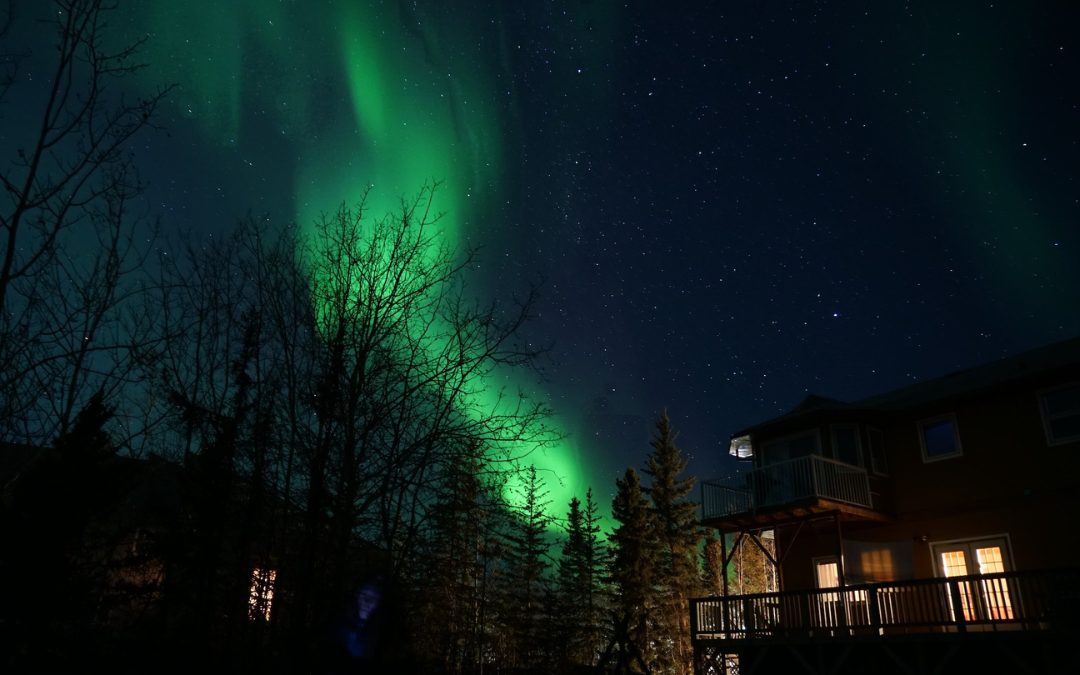Mythical, mysterious, and supernatural
Each person should have the opportunity to view the Aurora borealis, also known as the Northern Lights, at least once in their lifetime. If they are lucky, they may even be able to see it twice or three times.
People are turning to greener, more sustainable ways of travel, though, as they become more conscious of the terrible effects that flying has on the environment.
Fortunately, one of those ethical travel possibilities is the chance to view the Northern Lights. You may take the train to a number of locations throughout Europe to see the mystical light show.
Norway: Northern Lights Europe’s Holy Grail

Only nations close to the earth’s poles may see the undulating waves of the Northern Lights, as their name indicates. As a result, Norway is the Holy Grail of light-watching in Europe.
From early September to mid-March, when the days are shorter and the nights are longer and darker, is when the natural phenomena are most observed.
One may take a sleeper train from Oslo, the capital of Norway, to Trondheim and then on to Bod the following day.
As it travels along the Norwegian coast, the railway line goes through quaint towns, stunning rock formations, glaciers, valleys, and fjords, making it one of the country’s most scenic.
The first phase of the trek, known as the “trail of trolls,” is a 553-kilometer length from Oslo to Trondheim, Norway’s third-largest and one of its oldest cities.
Visit the local attractions for a day; the Nidaros Cathedral and the colorful old buildings of Bakklandet are two highlights. Then, take a second overnight train to Bod to go aurora-borealis-spotting.
Sweden: the best in environmentally friendly transportation.

Another fantastic location to watch the Northern Lights in Sweden. In reality, the Aurora Sky Station in Abisko is one of the greatest spots in the world to view the Northern Lights because it is situated just beneath the aurora oval, a magnetic ring around the planet where the phenomenon is most apparent.
After three or more nights of staying there, visitors have a 100% success rate of seeing the lights.
You may take the train from Stockholm to Kiruna and then go north to this tiny settlement in Sweden. Abisko may be reached by train in one hour from here.
In addition, barring polar explorers, it is likely the furthest northern spot you will ever visit. In Swedish Lapland, transportation that is more ecologically friendly can be advanced.
A dog sleigh may be used to view the Northern Lights from JokkMokk, a tiny settlement just north of the Arctic circle, after arriving in Lule via an electric Arctic Circle train from Stockholm.
It’s a wonderful approach to become more engrossed in nature to use this age-old method of husky dog transportation over an icy environment. Peaceful Laponia is a Unesco World Heritage Site, and it is surrounded by forests and frozen lakes.
The UK: Observatories and parks with black skies

There are various chances to view the Northern Lights in the UK. Scotland is the place where it is the worst.
Due to the absence of light pollution, Galloway Forest Park, one of the UK’s only Dark Sky Parks, is located in this region.
The magnificent park is easily reached by sleeper train from Glasgow to London and is an excellent place to view the lights throughout the winter.
Glenapp Castle, a 21-bedroom castle turned hotel, is close by for those who wish to make a luxury getaway of it. From the garden, you can take in the nighttime views.
Even in Northumberland, notably at the Kielder Observatory, there is a possibility to see the lights from south of the border.
The public astronomical observatory, which was chosen as the best small visitor attraction of the year in 2022, is an amazing location to visit since it is surrounded by some of the world’s darkest sky.
The “unlimited inspiration” of the lights may be observed here all winter long.
It may be accessed by taking a 3 to 4-hour train from London King’s Cross to Newcastle, followed by public transportation, hiring a vehicle, or, for the more daring, hitchhiking.


